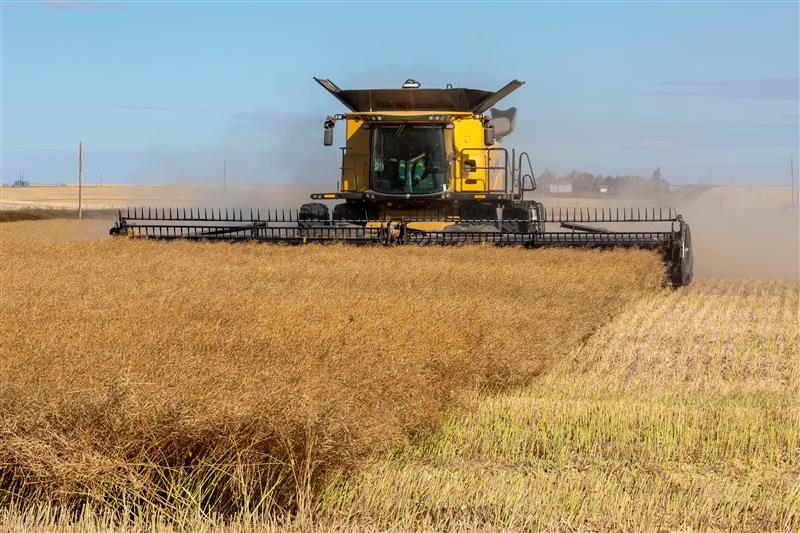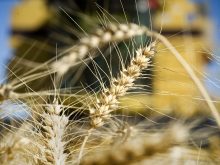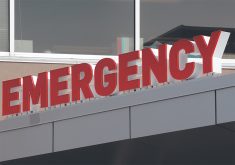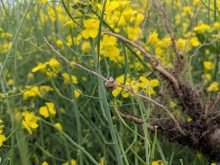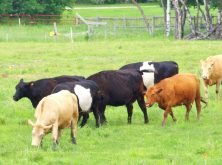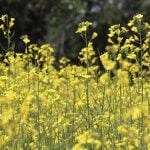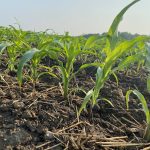Dr. William Hueston poses a question: whose responsibility is it to ensure food safety? The answers he gets depend on geography.
North Americans immediately point to government regulators and food processors as responsible. But in developing countries, most people say responsibility for food safety lies primarily with the individuals who are eating it.
When you start every day realizing you could get sick from food, you take it seriously, Hueston explained.
What a concept. It should make us fortunate North American eaters chew on our food more thoughtfully.
Read Also
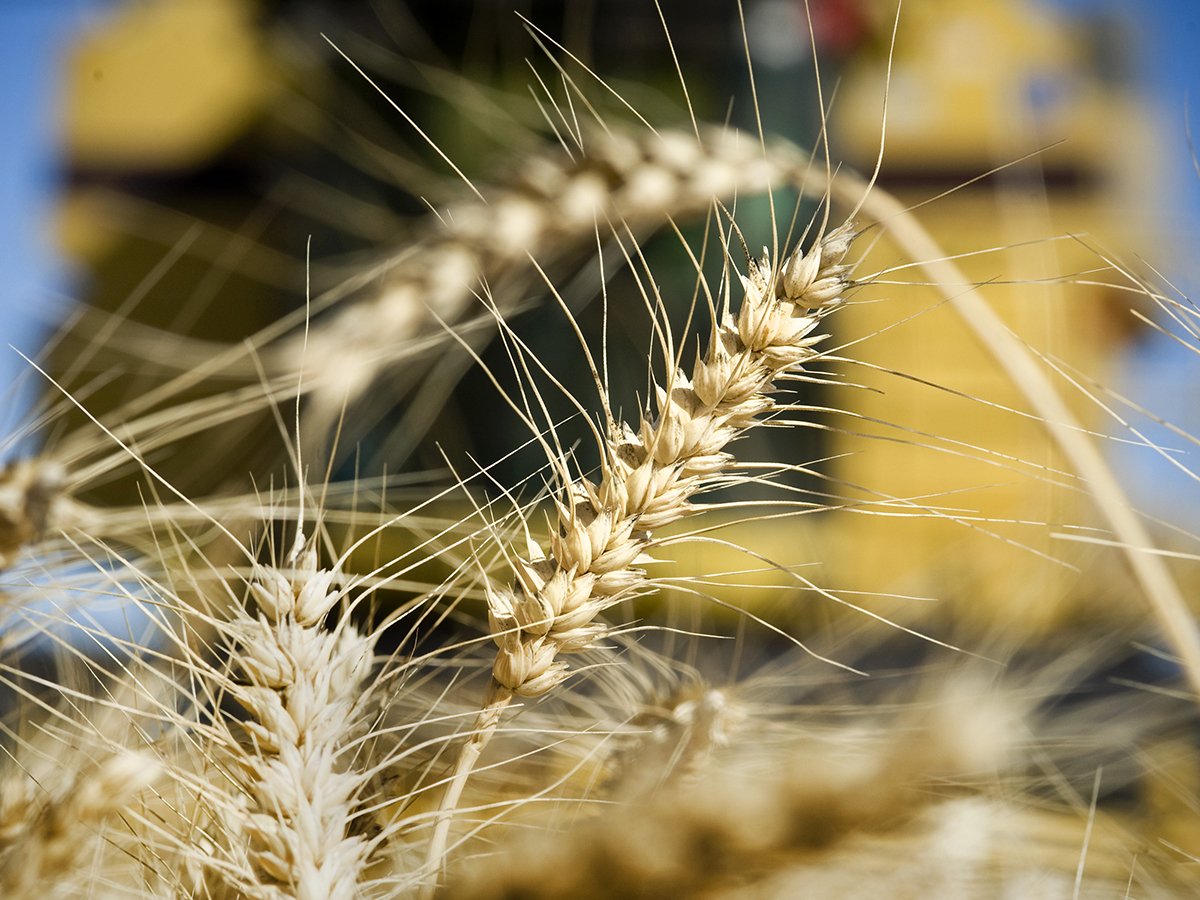
European wheat production makes big recovery
EU crop prospects are vastly improved, which could mean fewer canola and durum imports from Canada.
A veterinarian and University of Minnesota professor, Hueston is also executive director of the Global Initiative for Food Systems Leadership. At a recent international convention of farm writers, he didn’t mince words in a talk about food safety.
“We have brainwashed the average consumer into believing that zero risk is attainable.”
It isn’t. In fact, the term “safe food” is an oxymoron, said Hueston. Safe means the absence of risk, but nothing in our lives has zero risk. Safety is a relative term.
Complete food safety is not achievable, and due to massive plants and wide distribution of food in developed countries, a small food safety error can make thousands ill.
Case in point, the Maple Leaf Foods listeriosis tragedy last year.
Hueston views global food safety as a “wicked problem,” a term meaning a problem so complex that no one group can fully understand it.
There may be many potential solutions to wicked problems, but these solutions are neither right nor wrong. Rather, they are better or worse – and all will have unintended consequences.
Hueston said decision makers must shift from the problem-solution idea to a concept of “managing dilemmas.”
And global food systems are full of dilemmas. He listed five by way of illustration: antimicrobial use in food animals; animal welfare and humane slaughter; insect control; wildlife diseases; and emergency response to trans-boundary diseases.
On the latter wicked problem, Hueston is an expert. As a vet and epidemiologist, he was once the U.S. government spokesperson on BSE. He takes a pragmatic approach to disease and its connection to food safety.
“We will always have new diseases. It’s not if, it’s when,” he said. Diseases change because people and animals change.
The way forward is prevention, adaptation and awareness, Hueston said.
So, to recap, whose responsibility is it to ensure our food is safe? It is ours.

